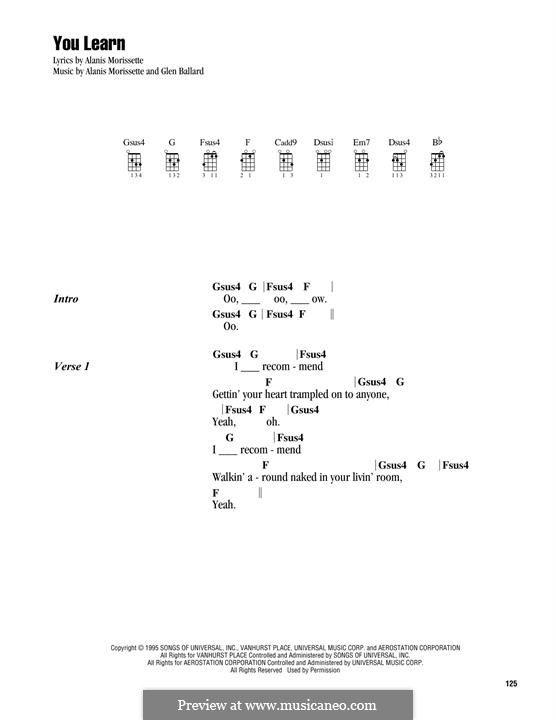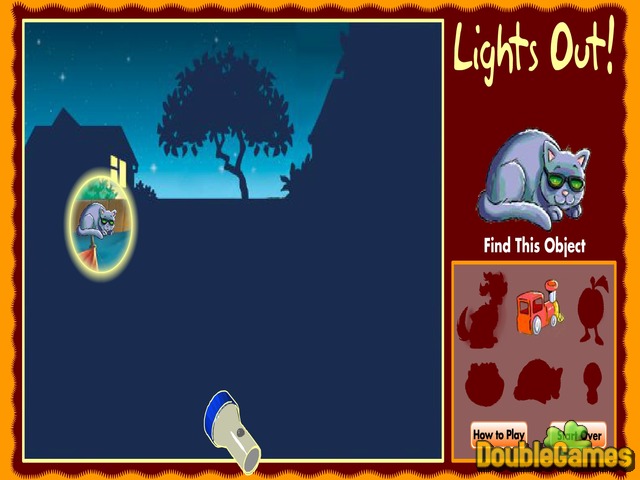


Increased risk factors for diabetes, cardiovascular disease, impaired sleep, and higher risk of transmissible disease exposure may be most impactful to communities that are already at elevated risk of exposure to harmful pollutants, including the elderly, low-income communities and communities of color.īuilding owners and residents can help by voluntarily turning off unnecessary overnight lighting during migration seasons! How Can Building Owners and Managers Help?īuildings can extinguish unnecessary overnight lighting from late August through mid-November (fall) and mid-March through early June (spring). Research out of the University of South Florida shows that birds exposed to artificial light incubate West Nile Virus for twice as long, potentially increasing the occurrence of West Nile Virus in our cities. Research out of the Stanford Sleep Epidemiology Lab shows that street lighting can delay sleep cycles and reduce the quality of our sleep. Humans need the dark too! The American Medical Association recommends steering clear of blue-rich white LED streetlights to “minimize potential harmful human health and environmental effects.” The 2014 AMA Study suggests that exposure to artificial light at night may increase the risk of cardiovascular disease, depression, sleep disorders, obesity and breast cancer.

Generally, the evening hours are calmer and safer for migrants. Most migrating birds pass through Georgia during the nighttime hours. Click here to read more about Project Safe Flight. Project Safe Flight volunteers patrol selected routes during peak bird migration periods collecting birds that have died or been injured after colliding with buildings. Georgia Audubon has been studying collision-related bird deaths through our Project Safe Flight Program since 2015.


 0 kommentar(er)
0 kommentar(er)
